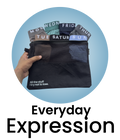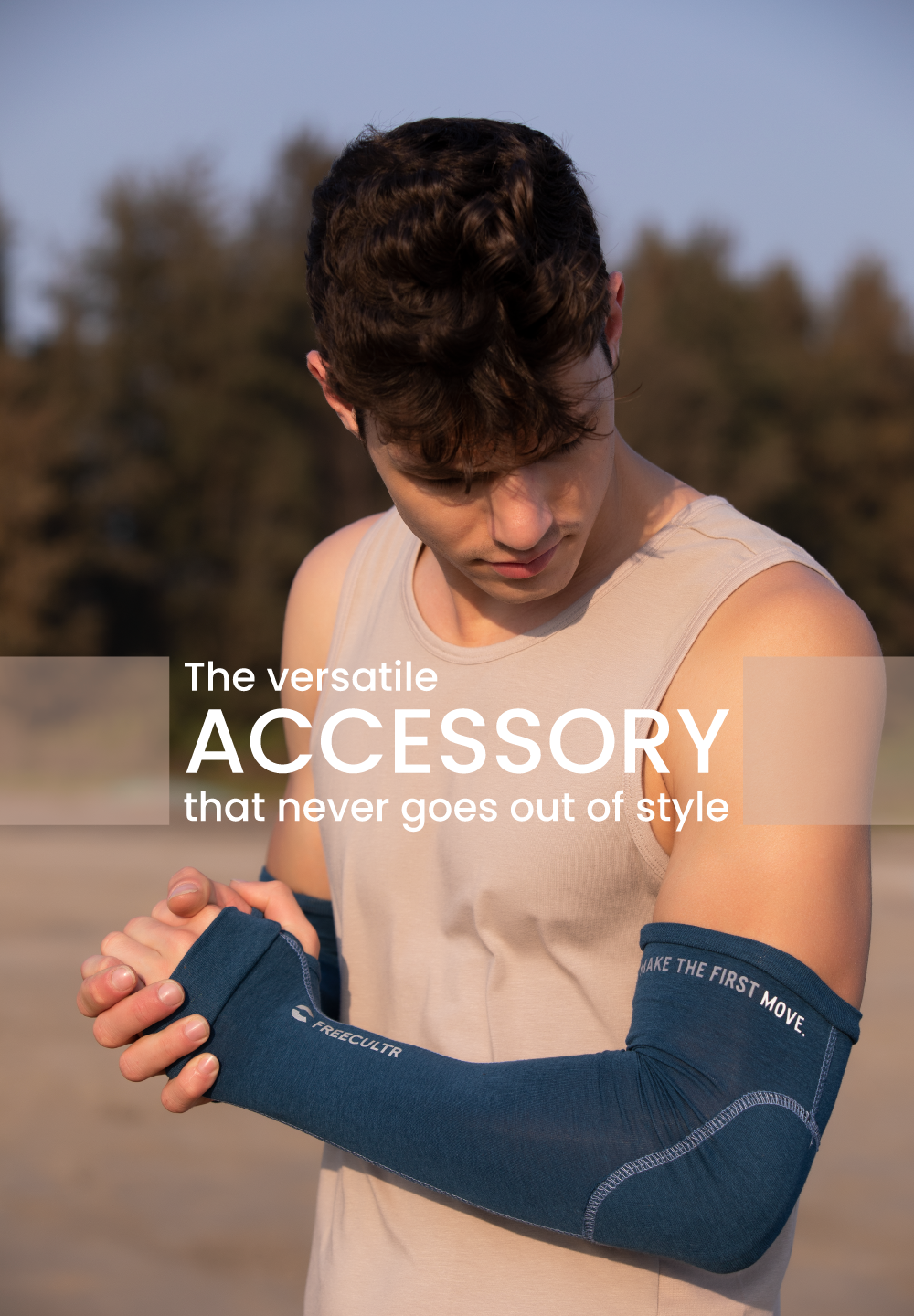The relentless pursuit of lighter, stronger. More comfortable protective gear is driving innovation across industries, from sports equipment to medical devices. Current solutions often compromise between impact resistance and flexibility, leading to user discomfort and hindering performance. This exploration introduces a novel approach: "Skins," a protective layer designed to mimic the adaptability and resilience of human skin. We'll delve into the material science behind its development, focusing on advanced polymer blends and bio-inspired design principles. This analysis will reveal how Skins achieves superior impact absorption while maintaining a second-skin feel, offering a glimpse into the future of protective technology and its potential to revolutionise user experience.

Understanding Protective Films: More Than Just a Layer
Protective films, often referred to as "skins" in consumer electronics, are thin layers of material applied to surfaces to shield them from scratches, impacts. Other forms of damage. These films aren't merely cosmetic additions; they are engineered with specific properties to absorb and dissipate energy, maintaining the integrity of the underlying device or object. The effectiveness of a protective film depends on its material composition, thickness. Application method.
-
Scratch Resistance: The ability of the film to withstand scratches from everyday use. This is often achieved through hard coatings applied to the film's surface.
-
Impact Absorption: The capacity of the film to absorb energy from impacts, preventing damage to the underlying surface. This is crucial for protecting delicate screens and sensitive components.
-
Adhesion: The strength of the bond between the film and the surface to which it's applied. A good adhesive ensures the film stays in place and doesn't peel off easily.
-
Clarity: The transparency of the film, ensuring it doesn't distort or obscure the underlying surface. This is particularly vital for screen protectors, where visual clarity is paramount.
Materials Science: The Building Blocks of Protection
The materials used in protective films vary depending on the application. Some common materials include:
-
Polyurethane (TPU): Known for its flexibility, impact absorption. Self-healing properties. TPU films can often recover from minor scratches over time.
-
Polyethylene Terephthalate (PET): A rigid plastic commonly used in screen protectors. PET films offer good scratch resistance but less impact absorption compared to TPU.
-
Tempered Glass: A type of glass that has been heat-treated to increase its strength and shatter resistance. Tempered glass screen protectors provide excellent protection against scratches and impacts.
-
Ceramic Films: Emerging as a premium option, these films offer exceptional hardness and scratch resistance, often surpassing tempered glass. They can also be thinner and more flexible
The choice of material depends on the specific requirements of the application. For example, a screen protector for a smartphone might prioritize scratch resistance and clarity, while a protective film for a car's paint might prioritize impact absorption and UV resistance.
Comparing Protective Film Technologies: PET vs. TPU vs. Tempered Glass vs. Ceramic
Each protective film technology offers a unique set of advantages and disadvantages. Here's a comparison:
|
Feature |
PET |
TPU |
Tempered Glass |
Ceramic |
|
Scratch Resistance |
Good |
Fair |
Excellent |
Excellent |
|
Impact Absorption |
Fair |
Excellent |
Good |
Very Good |
|
Clarity |
Excellent |
Very Good |
Excellent |
Excellent |
|
Flexibility |
Low |
High |
Low |
Medium |
|
Application |
Easy |
Moderate (can be tricky with wet application) |
Easy |
Easy |
|
Cost |
Low |
Medium |
Medium |
High |
Self-Healing Technology: Mending the Invisible Scars
Some protective films, particularly those made from TPU, incorporate self-healing technology. This technology allows the film to repair minor scratches and abrasions over time. Self-healing works through the material's ability to flow and re-form its surface at room temperature. When a scratch occurs, the polymer chains in the TPU material can migrate and fill the void, effectively "healing" the scratch. The effectiveness of self-healing depends on the severity of the scratch and the specific formulation of the TPU material.
The Science of Adhesion: Sticking Around for the Long Haul
The adhesive used in protective films is crucial for ensuring long-lasting protection. Adhesives must be strong enough to hold the film in place, yet gentle enough not to damage the underlying surface upon removal. Common adhesives used in protective films include:
-
Silicone Adhesives: Known for their flexibility and resistance to temperature changes. Silicone adhesives are often used in screen protectors because they are easy to apply and remove.
-
Acrylic Adhesives: Offer high bond strength and good resistance to chemicals and UV light. Acrylic adhesives are often used in automotive and industrial applications.
-
Electrostatic Adhesion: Some screen protectors use electrostatic adhesion, which relies on static electricity to hold the film in place. These films are easy to apply and remove but may not be as durable as those with traditional adhesives.
The choice of adhesive depends on the specific application and the materials being bonded. Factors such as surface energy, temperature. Humidity must be considered when selecting an adhesive.
Real-World Applications: From Smartphones to Satellites
Protective films have a wide range of applications, from protecting everyday consumer electronics to safeguarding critical equipment in demanding environments:
-
Smartphones and Tablets: Screen protectors are the most common application, protecting screens from scratches, cracks. Smudges.
-
Automotive Industry: Paint protection films (PPF) shield car paint from scratches, stone chips. UV damage. These films help maintain the vehicle's resale value.
-
Aerospace Industry: Protective films are used to protect aircraft surfaces from erosion, corrosion. Impact damage.
-
Medical Devices: Protective films safeguard sensitive medical equipment from scratches and contamination.
-
Solar Panels: Protective films enhance the durability and efficiency of solar panels by protecting them from environmental factors.
One notable application is the use of protective films on the James Webb Space Telescope. These films are designed to protect the telescope's delicate mirrors from micrometeoroid impacts, ensuring its long-term performance in space. You can explore more about advanced materials used in space exploration at example. Com.
Applying Protective Films: A Step-by-Step Guide
Proper application is crucial for maximizing the effectiveness of a protective film. Here's a general guide:
-
Clean the Surface: Thoroughly clean the surface with a microfiber cloth and a cleaning solution to remove dust, dirt. Fingerprints.
-
Align the Film: Carefully align the film with the edges of the surface.
-
Apply the Film: Gently apply the film, starting from one edge and working your way across. Use a squeegee or credit card to smooth out any air bubbles.
-
Remove Air Bubbles: If any air bubbles remain, use the squeegee to push them towards the edges of the film. Small air bubbles may disappear on their own over time.
-
Trim Excess Material: If necessary, trim any excess material around the edges of the surface.
For some films, especially TPU films, a "wet application" method is recommended. This involves spraying the adhesive side of the film with a special solution before application, which helps to reduce air bubbles and improve adhesion. Always follow the manufacturer's instructions for the specific film you are using.

Future Trends: Smarter and Stronger Films
The field of protective films is constantly evolving, with new materials and technologies emerging all the time. Some future trends include:
-
Self-Healing Coatings: Advanced coatings that can repair even more significant scratches and damage.
-
Antimicrobial Films: Films that incorporate antimicrobial agents to kill bacteria and viruses on the surface.
-
Adaptive Films: Films that can change their properties in response to external stimuli, such as temperature or light.
-
Biodegradable Films: Environmentally friendly films made from sustainable materials.
These advancements will lead to protective films that are not only stronger and more durable but also smarter and more sustainable.
Conclusion
Choosing the right "skin" for your devices transcends mere aesthetics; it's an investment in longevity and a tactile enhancement of your daily tech interactions. We've explored the critical balance between ultimate protection and that coveted second-skin feel, diving into materials, application techniques. Even the subtle art of choosing a skin that reflects your personal style. Moving forward, remember that preparation is paramount. A meticulously cleaned device surface is your foundation for flawless application. Don't rush the process; patience and precision are key to avoiding bubbles and ensuring a seamless fit. I've learned from personal experience that a hairdryer on low heat can be your best friend for molding those tricky corners, just be cautious not to overdo it! Ultimately, the perfect skin enhances both the lifespan and the enjoyment of your devices. Embrace the process, experiment with different textures and finishes. Discover the skin that truly feels like an extension of you. With a little care and attention, you can confidently shield your tech while expressing your unique style.
FAQs
So, 'second-skin feel' – what does that actually mean when it comes to these Skins?
Good question! , it means they're designed to be super thin and lightweight. You should barely notice you're wearing them. Think of it like a really, really good fitting t-shirt – it moves with you, not against you.
Ultimate protection, huh? What are these Skins protecting against, exactly? Scratches? Impacts?
It depends on the specific Skin! Some are primarily for scratch and scuff protection – think of protecting your phone screen from keys in your pocket. Others might offer more robust impact protection, though they might be a bit thicker. Always check the product description to see what it's designed to defend against.
How durable are these Skins, generally speaking? Will they last?
Durability varies depending on the material and how you treat them. A thin scratch-protection Skin might last a long time if you're careful. A more rugged impact-resistant one might show wear and tear faster, especially if you're rough with it. But hey, that wear and tear means it's doing its job, right?
Are Skins easy to apply? I'm notorious for messing up screen protectors...
Application can be tricky, especially for larger Skins. Most come with instructions. Watching a video tutorial beforehand is highly recommended. Patience is key! If you're really worried, some places offer professional application services.
Can I remove a Skin easily without damaging the device underneath?
Generally, yes! Most Skins use adhesives that are designed to be removable without leaving residue. But, older Skins or those exposed to extreme heat might be tougher to remove. Gentle heat from a hairdryer can sometimes help loosen the adhesive. And always peel slowly!
Okay, what kind of devices are we talking about here? Just phones, or can I Skin my laptop, too?
It really depends on the manufacturer! You'll find Skins for phones, tablets, laptops, gaming consoles, even smartwatches. The possibilities are pretty broad, just gotta see what's out there for your specific device.
Do Skins interfere with wireless charging or NFC payments?
This is a good one! Generally, thinner Skins shouldn't interfere with wireless charging or NFC. But, really thick or metallic Skins might cause problems. Again, check the product description to see if it's compatible.





